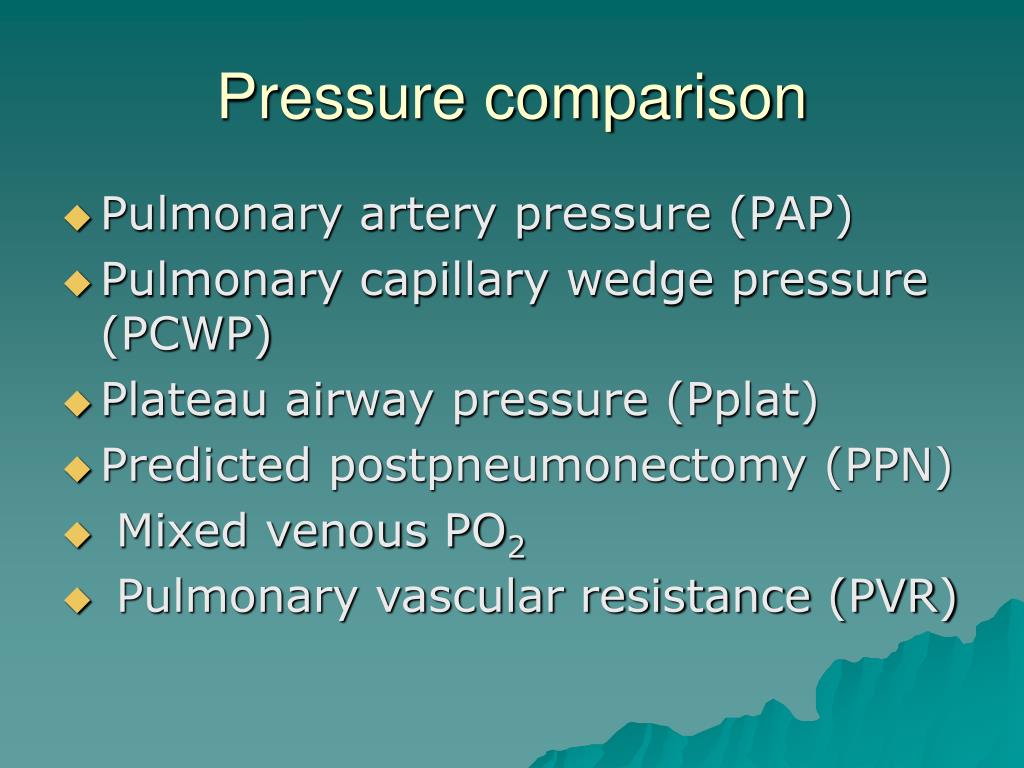

Figure 1: Effects of Pericardial Restraint and Unloading on Diastolic Pressure-Volume Relationships in Heart Failure (A) Excessive loading of the RV (top left) or LV (top right) reduces effective diastolic chamber compliance in the contralateral ventricle. The Role of the pericardium in heart failure: implications for pathophysiology and treatment. The dotted line shows where LVEDV would have fallen at the measured LVEDP on NP if there were no parallel shift in the diastolic pressure volume relationship, while the dashed line shows what the corresponding LV pressure volume loop would have theoretically looked like, neither of which is physiologic. (B) Conversely, acute unloading of the RV, accomplished through venodilation induced by infusion of nitroprusside (NP), reduces LV diastolic pressures (blue dots) without a significant change in volume, mediated by acute reduction of pericardial restraint. 1įigure 1: Effects of Pericardial Restraint and Unloading on Diastolic Pressure-Volume Relationships in Heart Failureįigure 1: Effects of Pericardial Restraint and Unloading on Diastolic Pressure-Volume Relationships in Heart Failure (A) Excessive loading of the RV (top left) or LV (top right) reduces effective diastolic chamber compliance in the contralateral ventricle. Even in normal hearts, as much as 30 to 40% of intracavitary pressure results from outside compressive contact stress on the LV mediated across the lateral wall by the pericardium, and from the right ventricle (RV) across the interventricular septum. Therefore, the left ventricular end-diastolic pressure (LVEDP) remains an imperfect preload estimate as it represents the numerical sum of two opposing vector forces 1) a compressive contact force on the left ventricle mediated across the lateral wall and septum from the pericardium (that attempts to collapse the LV) and 2) effective distending pressure (i.e., transmural pressure) that exerts force outwards from the center of the LV (that attempts to expand the LV facilitating filling). However, since it is the end diastolic volume that actually determines the degree of end-diastolic myocyte stretch and Frank-Starling related stroke volume response, it is really the end diastolic volume that best reflects LV preload, and not the end diastolic pressure. When a catheter is inserted into the left ventricle (LV), the measured end diastolic pressure is often used as a clinical estimate of ventricular preload. Pericardial Contribution to Intracavitary Pressure Right atrial pressure is a reliable surrogate for pericardial pressure and can be used clinically to estimate the degree of relative pericardial restraint.This contributes to the improvement in cardiac output in heart failure with decongestion despite reductions in 'filling pressures'. Decongestion and reduction in heart size alleviates pericardial restraint in heart failure with reduced ejection fraction.Pericardial restraint is an important contributor to left heart filling pressures in heart failure and compromises left ventricular filling.


 0 kommentar(er)
0 kommentar(er)
